Exoplanets that could host alien life: Universe facts
The list of planets with the best chances for supporting life outside of our solar system is available in the Habitable Exoplanets Catalogue as of April 2014. The ecosystems of these planets remain largely unexplored, and not all of them have been verified. Yet, the catalogue offers astrobiologists a fantastic starting point when discussing life that exists in other solar systems.
Since the first exoplanet was confirmed to be orbiting a sun-like star in 1995, more than 4,000 have been found, according to NASA’s Exoplanet Exploration page. More than half of these discoveries come from the NASA Kepler space observatory, which was launched in 2009 with the aim of figuring out the frequency of Earth-like planets throughout the Milky Way galaxy.
The University of Puerto Rico at Arecibo has listed the planets that are known to us and are most likely to contain extra-terrestrial life. Discover these mind blowing exoplanets here.
Kepler-186f: exoplanets

IMAGE CREDITS: istockphoto.com
The first truly Earth-sized exoplanet discovered in the habitable zone of its host star is Kepler-186f. The extra-terrestrial Planet, which is 490 light-years away from Earth, is just 10% larger and probably certainly made of rocky material.
Gliese 581
It’s a contentious discovery, this planet. Although it was found in 2010, getting it verified has proven to be challenging. The University of Puerto Rico at Arecibo continues to consider Gliese 581 to be the best candidate for extra-terrestrial life. If confirmed, this rocky planet is two to three times as large as Earth and is located around 20 light-years from the sun. It rotates approximately every 30 days around its parent star Gliese 581 in the constellation Libra.
Gliese 667Cc: exoplanets
Gliese 667Cc, another “super-Earth,” is a nearby object, only 22 light-years away in the constellation Scorpius. The planet takes 28 days to complete one circle of its parent star and is at least 4.5 times larger than Earth. The parent star, GJ 667C, is actually a triple-star system. The star has an approximate mass of the sun and is an M-class dwarf star.
Kepler-22b
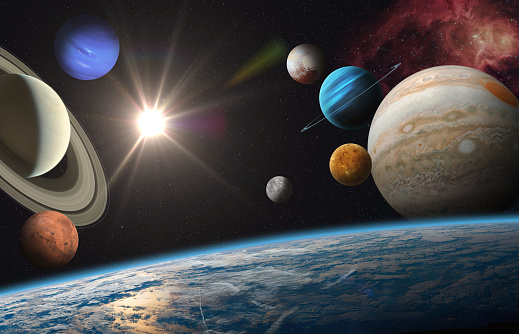
IMAGE CREDITS: istockphoto.com
Kepler-22b is larger than Earth, but it orbits a star that is similar to the sun in terms of size and warmth. It is predicted that the surface temperature of Kepler-22b, which is 2.4 times the size of Earth and has a greenhouse effect similar to that of our planet, is 72 degrees Fahrenheit. This star system is located in the constellation Cygnus, 600 light-years from the sun.
HD 40307g
The habitable zone of its parent star is peacefully occupied by the super-Earth HD 40307g. It is located 42 light-years away from Earth in the constellation Pictor. Future telescopes might be able to look at its surface because it is so close by. Just over half of the 93 million mile (156 million km) distance between the Sun and Earth, it orbits its parent star at a distance of 56 million miles (90 million km) (150 million kilometers.)
HD 85512b: exoplanets
HD 85512b was one of 50 planets discovered by the High Accuracy Radial Velocity Planet Searcher instrument, or HARPS, in Chile, and was first reported in 2011. This planet has a mass that is roughly 3.6 times that of Earth. It lives in the constellation Vela, about 35 light years from the sun (the Sail). Researchers believe that one day it may be feasible to tell whether there is water present on its surface.
Tau Ceti e: exoplanets
IMAGE CREDITS: Unsplash.com
The distance between Earth and the planet candidate Tau Ceti e, which was discovered in December 2012, is only 11.9 light-years. A “super-Earth” at least 4.3 times as large as Earth is this world. Tau Ceti e might either be a moderately hot planet suitable for simple life or an extremely hot planet like Venus, depending on its atmosphere.
Gliese 163c: exoplanets
Gliese 163c is in a grey area due to its bulk. The planet, which is seven times as massive as Earth, may be a dwarf gas giant or a very huge rocky planet. The distant planet Gliese 163c, which is 50 light-years away, rotates around its weak star every 26 days. Its progenitor star is in the constellation of Dorado.
Gliese 581d: exoplanets
According to at least one study, Gliese 581d might contain a dense atmosphere of carbon dioxide. It is the sister planet of the similarly potentially habitable Gliese 581g, which is nearly seven times as large as Earth and circles a red dwarf star. Gliese 581d is only 20 light-years from Earth, making it practically a neighbour.
Tau Ceti f: exoplanets
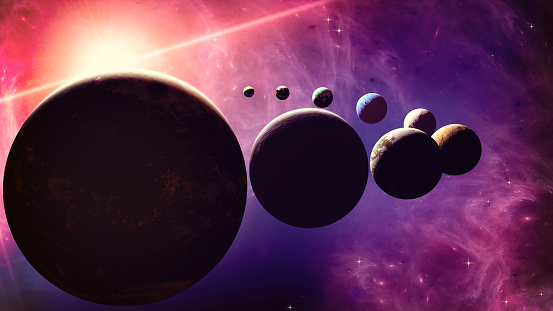
IMAGE CREDITS: istockphoto.com
Like its twin Tau Ceti e, Tau Ceti f is a potential super-Earth, but it orbits very near the outer boundary of Tau Ceti’s habitable zone. Tau Ceti f, which has a mass at least 6.6 times that of Earth, might support life if its atmosphere retains a considerable quantity of heat.
Proxima Centauri b
The closest exoplanet to Earth, Proxima Centauri b, is barely four light-years away, according to NASA Exoplanet Exploration. The mass of the exoplanet is 1.27 times higher than that of Earth.
Discovering alien earth: exoplanets
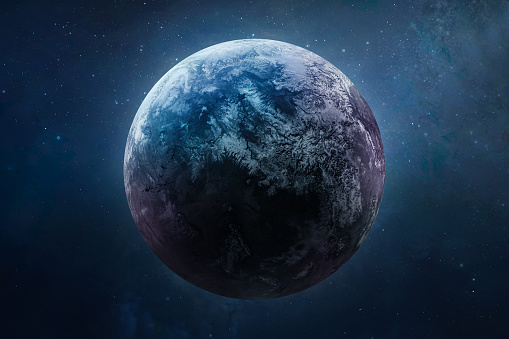
IMAGE CREDITS: istockphoto.com
Astronomers have long dreamed of finding the first real “alien Earth”. And recent exoplanet discoveries have demonstrated the galaxy is full of small, rocky worlds similar to our own. A planet must circle in the “habitable zone” of its star. Which is informally defined as a region where water can exist on a world’s surface in liquid form. And be relatively tiny (and so rocky), in order to be considered potentially life-friendly. Other aspects, like the planet’s atmosphere and its parent star’s level of activity, will be taken into account as telescope technology advances.
USEFUL LINKS:
Discover the exoplanets which could host aliens:
10 exoplanets which could host alien life
Learn about science kits:
Best science kits for kids: learn and play
Check out space gifts for your beloved:
Best space gifts for space lovers

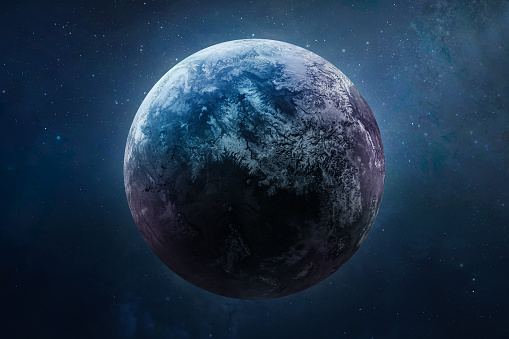
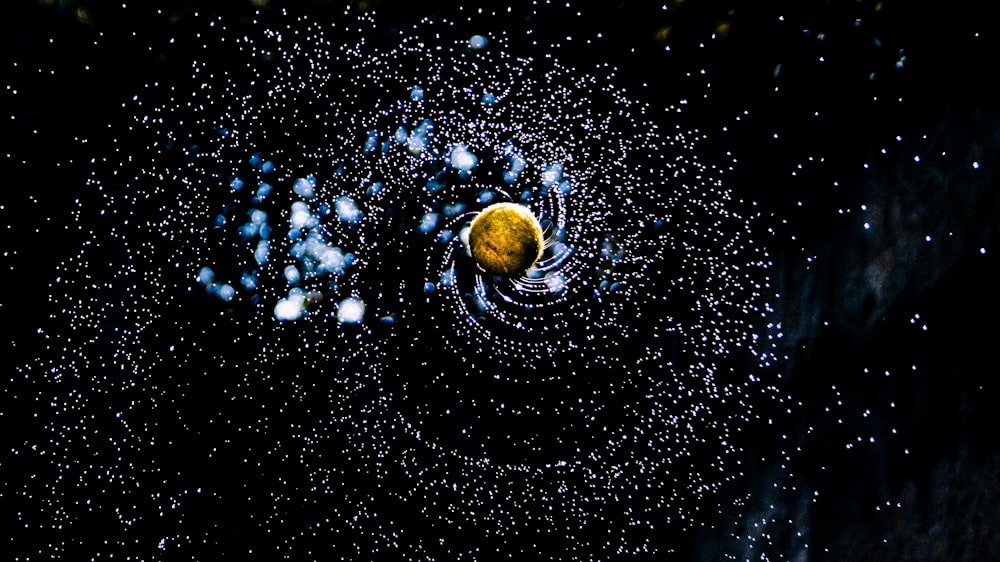



One Comment on “Exoplanets that could host alien life: Universe facts”